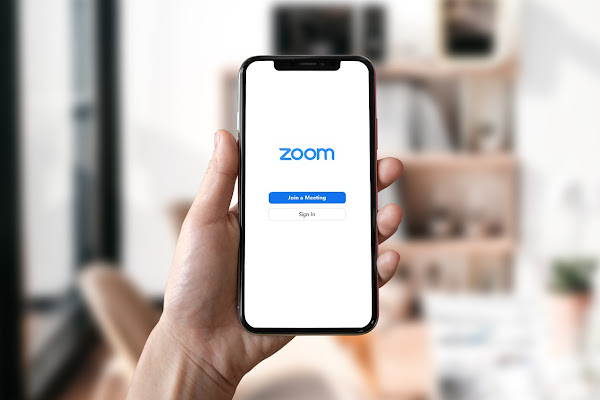Zoom has revised its terms of service following concerns that its artificial intelligence (AI) models were being trained on customer calls without consent, leading to a backlash.
In response, the company clarified in a blog post that audio, video, and chats would not be utilized for AI purposes without proper consent. This move came after users noticed modifications to Zoom's terms of service in March, which raised worries about potential AI training.
The video conferencing platform took action to enhance transparency, asserting that it had introduced changes to address the concerns.
In June, Zoom introduced AI-powered features, including the ability to summarize meetings without recording the entire session. These features were initially offered as a free trial.
However, experts raised concerns that the initial phrasing of the terms of service could grant Zoom access to more user data than necessary, including content from customer calls.
Data protection specialist Robert Bateman expressed apprehension about the broad contractual provisions that granted considerable data usage freedom to the service provider.
Zoom later amended its terms to explicitly state that customer consent is required for using audio, video, or chat content to train their AI models. This alteration was made to ensure clarity and user awareness.
AI applications are software tools designed to perform intelligent tasks, often mimicking human behavior by learning from vast datasets. Concerns have arisen over the potential inclusion of personal, sensitive, or copyrighted material in the data used to train AI models.
Zoom, like other tech companies, has intensified its focus on AI products to keep up with the growing interest in the technology. The Open Rights Group, a digital privacy advocacy organization, cautioned against Zoom's approach of launching AI features as a free trial and encouraging customer participation, deeming it more alarming due to potential opacity in its privacy policy.
A spokesperson for Zoom reiterated that customers retain the choice to enable generative AI features and decide whether to share content with Zoom for product improvement.
The company's Chief Product Officer, Smita Hashim, emphasized that account owners and administrators can opt to activate the features and that those who do so will undergo a transparent consent process for AI model training using customer content. Screenshots displayed warning messages for users joining meetings with AI tools, offering the option to consent or exit the meeting.














